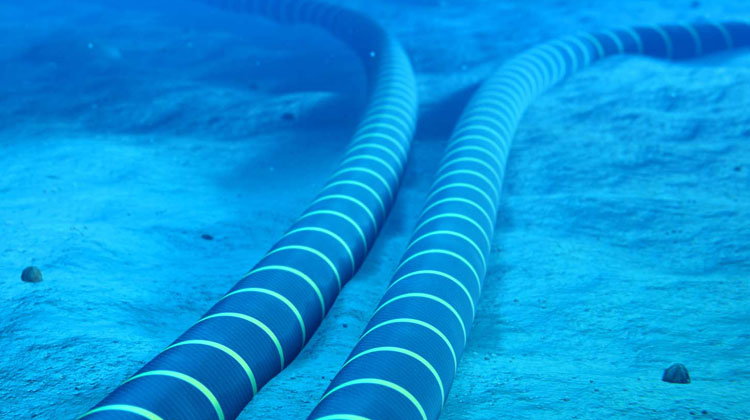[ad_1]
The recent subsea cable cut, which disrupted connectivity in West Africa on March 14, 2024, could result in collective repair costs of about $8m for the four digital infrastructure companies affected.
The Chief Executive Officer of West Indian Ocean Cable Company, Chris Wood, made this disclosure in a video clip made available to The PRIMANEWS.
WIOCC, a key player in Africa’s digital backbone, is actively engaged in the restoration efforts of subsea cables.
The affected cables include MainOne Cable, the West African Cable System, the African Coast to Europe submarine cable, and the SAT3 subsea cable systems.
Originating from Europe, four cables have landing points along the coast of West African countries, notably Nigeria.
Wood highlighted that each affected cable firm might need to allocate between $1m and $2m for the complete restoration of a single subsea cable, depending on the severity of the damage incurred.
The total expenditure to rectify the damage to the four affected submarine cables is estimated to reach $8m.
Wood, however, said the owners of the affected cables would bear the cost of restoring the individual subsea cables.
The WIOCC CEO stated, “It is not a few $100,000. It is several millions of dollars, maybe $1m to $2m per cable, depending on how long it takes the ship to find the cable and repair it.
“Maybe slightly more than that. And those costs are borne by the cable owners themselves. It is a cost that we will factor into our businesses because these things do happen.
“I can’t say exact figures because it depends on the nature of the cuts and how long it takes to repair them, but when you look at the four systems together, it is several $1m.”
According to Wood, it will cost Africa $1bn to lay new cable that will connect from Europe, connecting multiple African countries, including Nigeria.
He noted that it would take at least 10 years to design the project and finish building, noting that the cost would be huge.
“So, it is not a simple thing to say, right? Let’s lay more cables because ultimately somebody has to pay that billion dollars, and eventually it is the end user. So, there has to be a commercial justification for spending that kind of money.
“And it also takes a long time to design and build these cables, and to get the money together to get a billion dollars together and then design and build a cable is almost a 10-year process,” he explained.
He stated that telecom operators needed to connect to all available cables in the country, as this would provide more redundancy and prevent Internet service disruption.
[ad_2]
